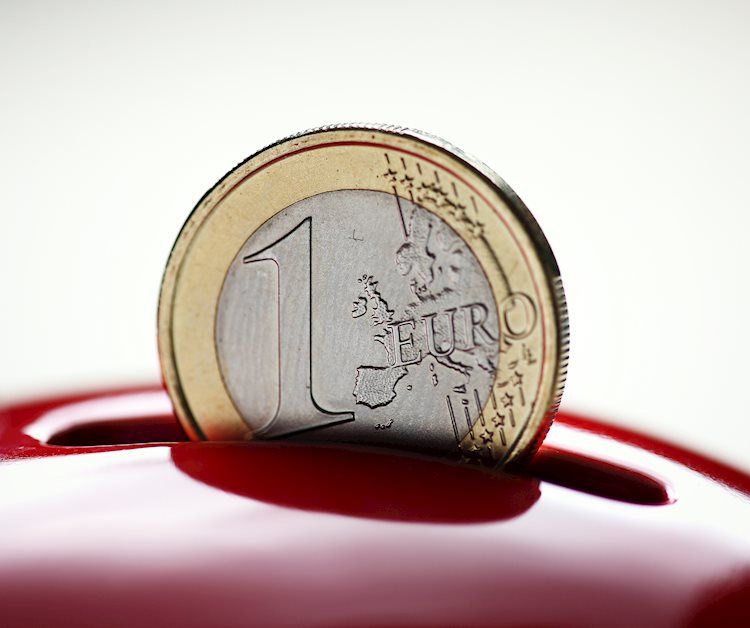The EUR/USD pair has seen a rise in value due to increasing bets that the Federal Reserve will make a large cut, putting pressure on the US Dollar. Following the European Central Bank’s monetary policy announcement, the Euro strengthened and the US Dollar weakened after soft US Producer Price Index data. The ECB cut the Rate On Deposit Facility by 25 basis points to 3.50%, in line with expectations.
The Euro’s outlook has seen improvement as the ECB did not provide a specific interest rate cut path, opting for a data-centric approach. ECB President Christine Lagarde stated that interest rate decisions would be based on assessments of inflation outlook and other economic factors. Market participants expect another interest rate cut by the ECB later in the year due to softening price pressures.
Eurozone Industrial Production data showed a decrease year-over-year in July, but it was better than expected. The Eurozone economic outlook has taken a hit from weak demand and price pressures in the region. ECB policymakers are optimistic that core inflation will improve, particularly with declining wage trends.
The US Dollar has weakened against the Euro, with the US Dollar Index declining to near 101.00 as traders anticipate a possible interest rate cut by the Federal Reserve of 50 basis points. The probability of a rate cut has increased sharply after the US PPI data showed slower inflation growth in August. A weaker US Dollar stems from expectations of sluggish consumer spending prompting interest rate cuts.
Technical analysis of the EUR/USD pair shows a bounce back after retesting the breakout of a Rising Channel pattern near 1.1000. The pair has climbed above the 20-day EMA, indicating a strengthened outlook. The RSI oscillates in a bullish range, suggesting a potential upward momentum towards resistance levels of 1.1155 and 1.1200.
The Euro is the currency for the 20 Eurozone countries, second in trading behind the US Dollar. The European Central Bank manages monetary policy and influences the Euro’s value through interest rate decisions. Inflation data, economic indicators, and trade balance figures are crucial factors that can impact the Euro’s strength against other currencies. Strong economic data and a positive trade balance can strengthen the Euro, while weak economic indicators can lead to depreciation.











